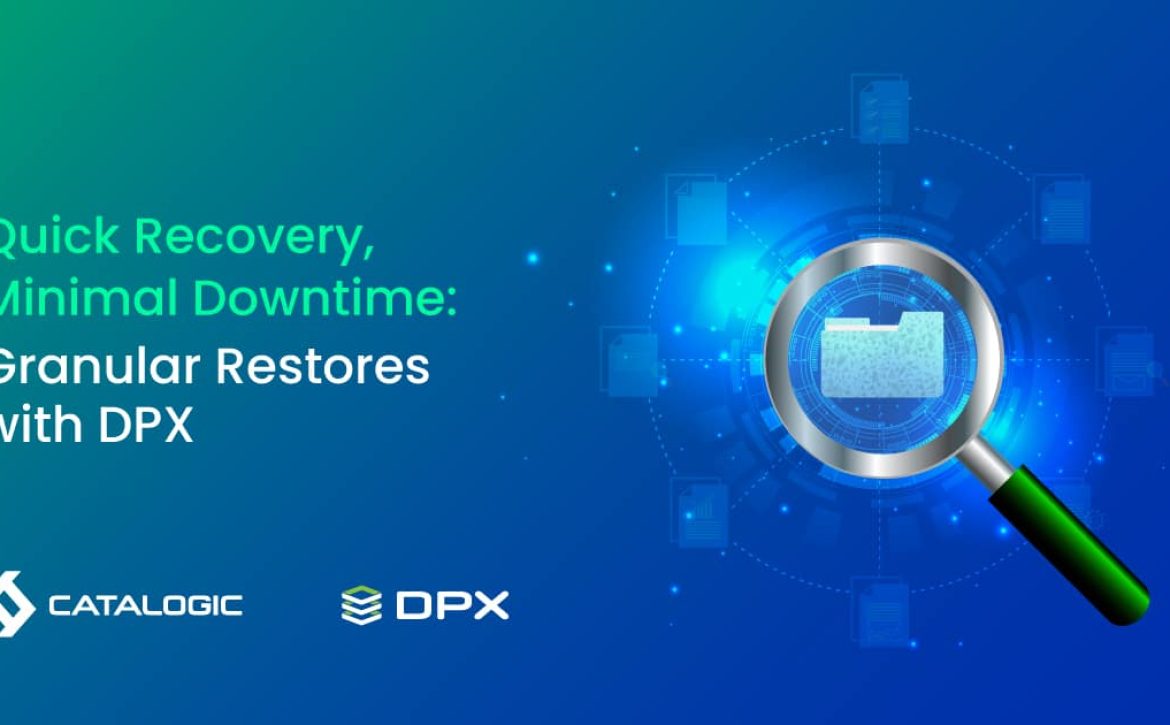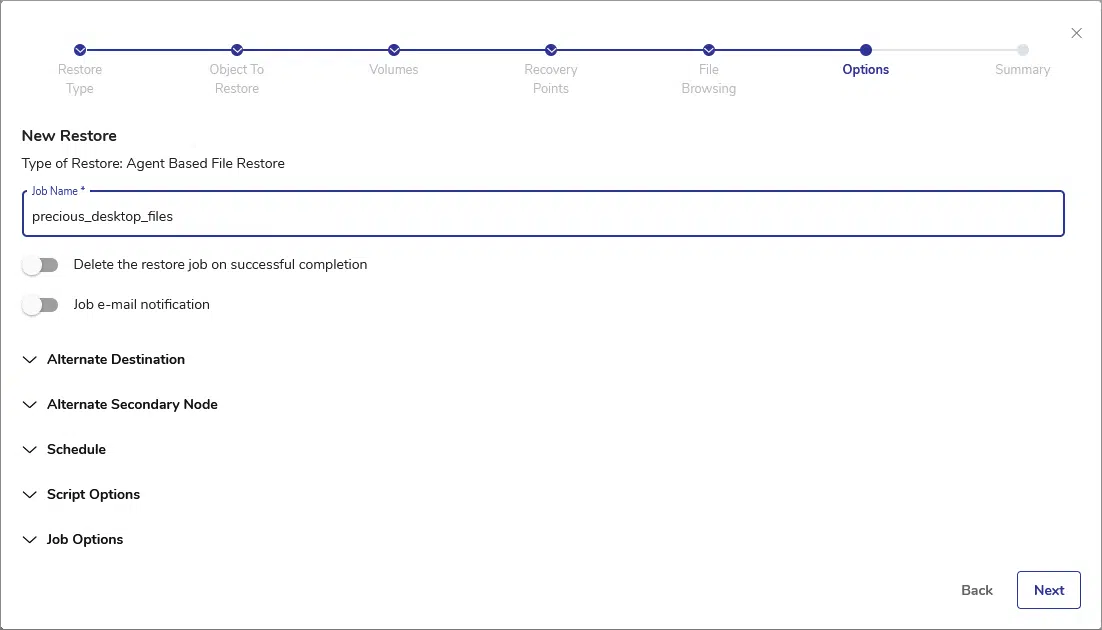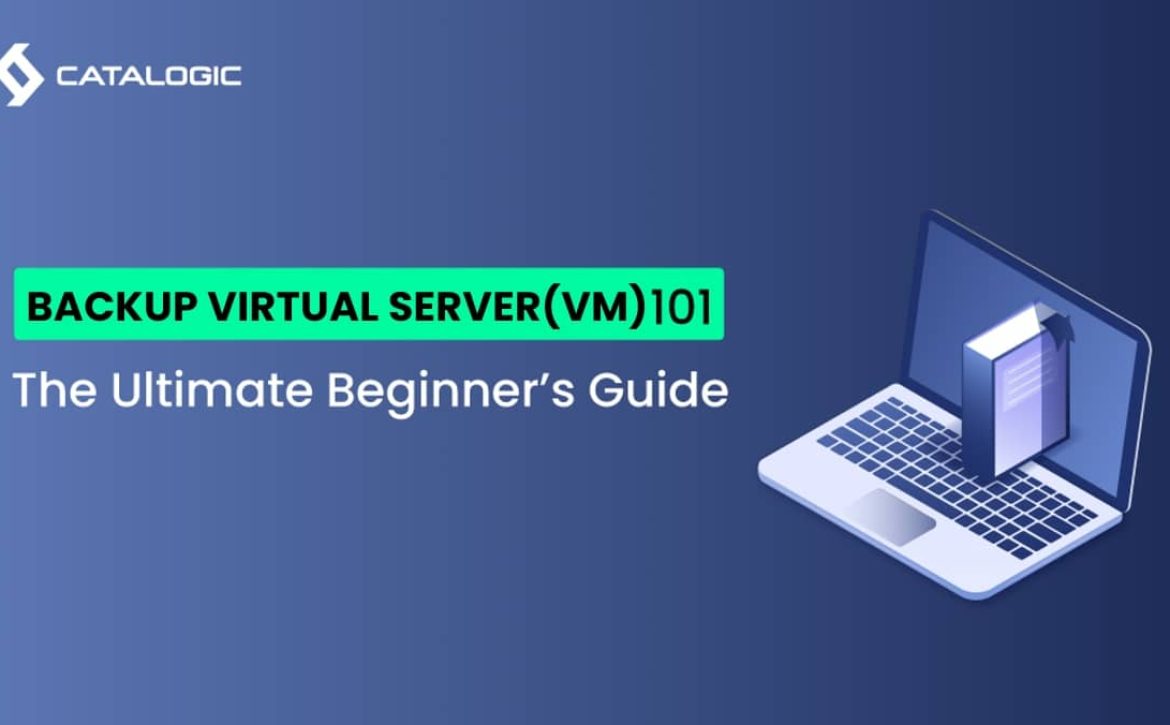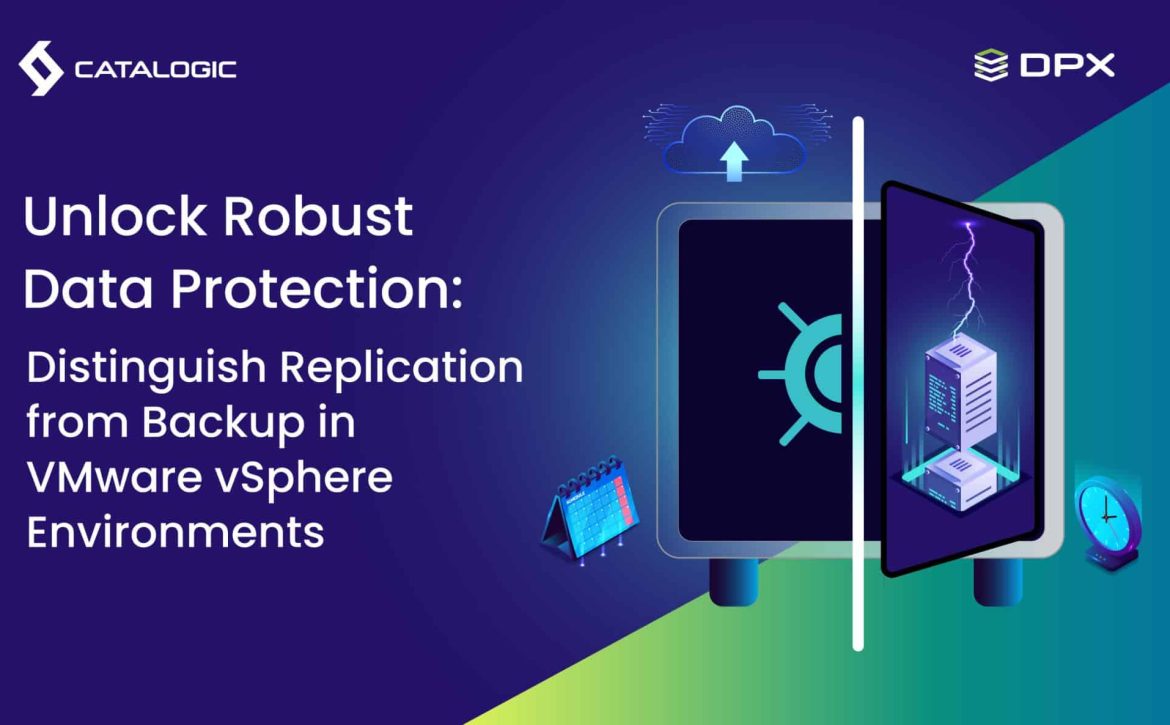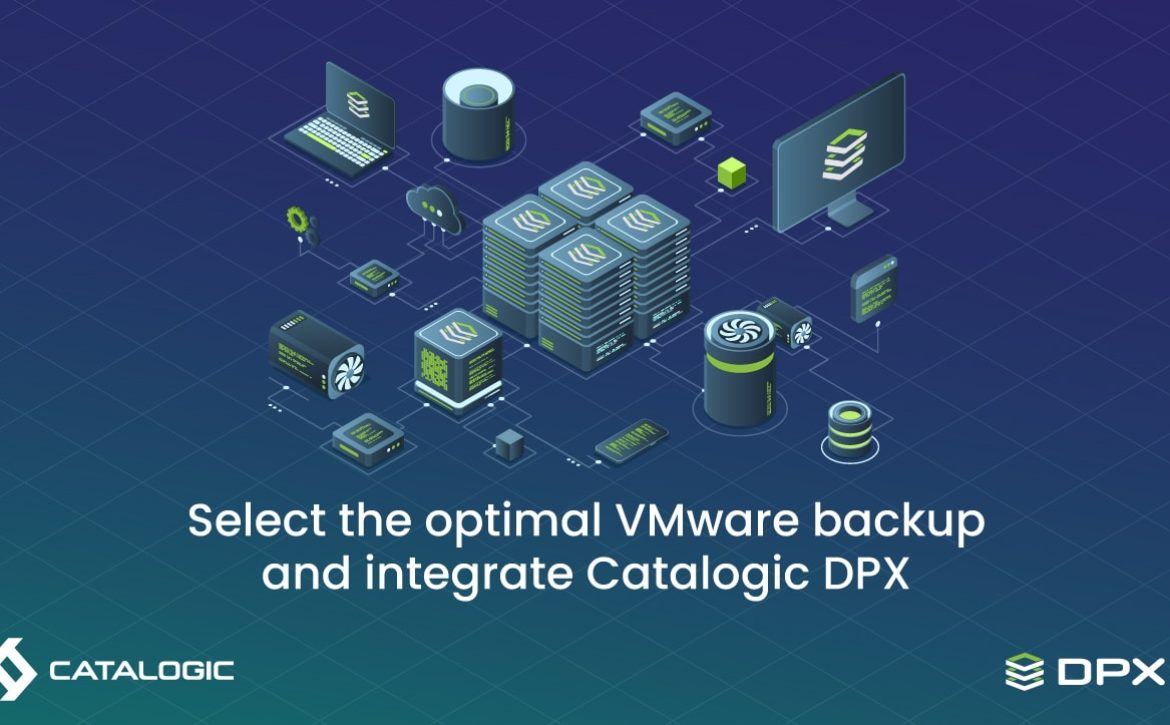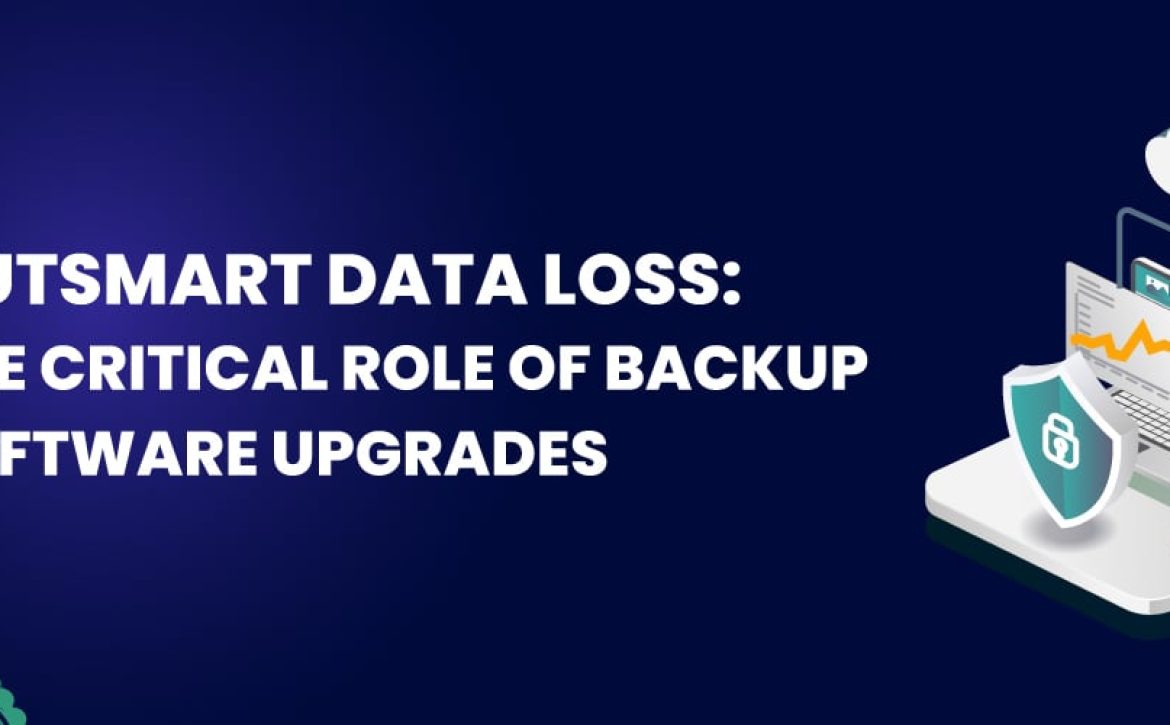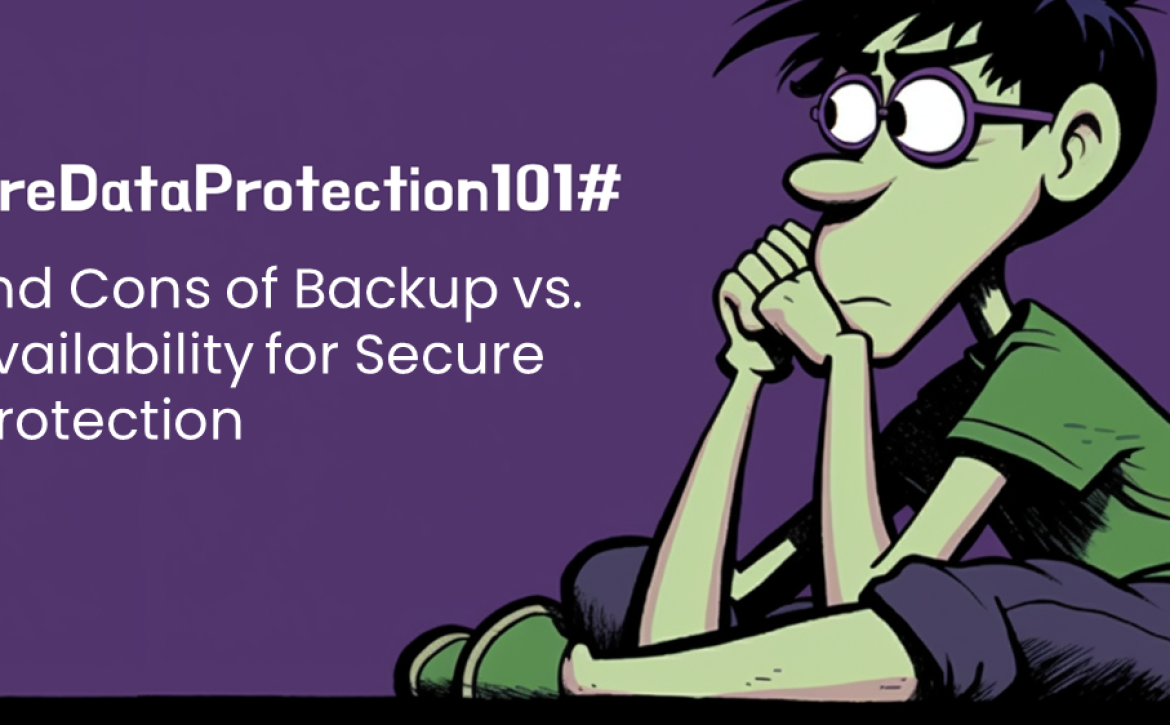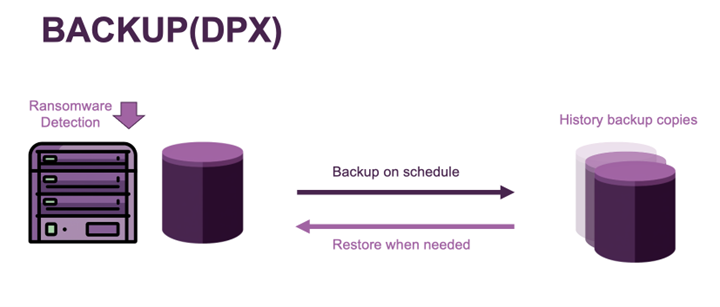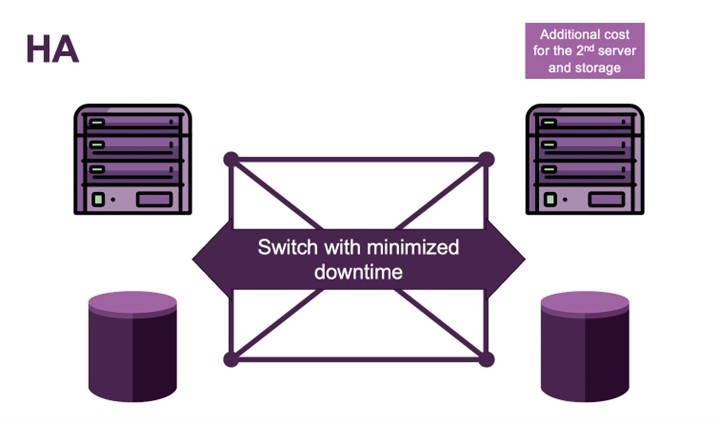New DPX 4.13 Backup Verification Introduction
If your job involves keeping data safe – whether you’re part of an IT operations team, managing infrastructure, or responsible for security- backups are your safety net. They’re what you count on when systems fail, files go missing, or ransomware strikes. The catch is – you have to do backup verification – just because a backup says it completed successfully doesn’t mean it’s actually usable. Many backup systems don’t check if the data they save can be restored. They don’t tell you if the files are corrupt, incomplete, or worse – already infected with malware. So when it’s time to recover, you’re left guessing.
DPX 4.13 introduces new automatic backup verification for those who can’t afford that guesswork. It’s for IT administrators, system engineers, backup operators, and cybersecurity teams who need to know – not hope – that their backups will work. It brings in automatic verification and built-in malware scanning right after each backup finishes, so you can detect problems early and fix them before a restore is ever needed.
Why Traditional Backups Aren’t Enough
A green light in your backup dashboard might look reassuring, but it can be misleading. Many systems don’t verify that a backup is actually usable – they just report that data was copied. If the backup is corrupted or includes hidden malware, you won’t know until restore day. And by then, it’s too late.
DPX 4.13 tackles this head-on by automatically checking backup integrity and scanning for malware. This gives you true confidence that your data is both clean and recoverable.
What DPX 4.13 Does Differently
DPX 4.13 introduces automatic backup verification with a two-part process: it checks that data can be restored, and it scans for threats. This happens right after a backup finishes – no extra steps needed from your team.
Filesystem Check
DPX mounts your backup and acts like it’s about to perform a full restore. It then inspects the file system, partition layout, and access permissions. If anything’s wrong – corruption, inaccessible data, structural issues – you’ll know immediately.
Malware Scan (GuardMode)
Once a backup passes the integrity check, GuardMode scans it for malware. This scan looks for known signatures and unusual file behavior that might indicate ransomware or dormant threats.
Live Monitoring and Alerts
Every step of the verification process is visible in real time. If a backup fails verification or the scan detects a threat, your team gets alerted right away via the built-in notification system.
Where It Works
DPX 4.13 supports two major types of backups out of the box:
VMware Backups
For agentless VMware jobs, DPX automatically mounts and verifies the virtual machine backups without needing to install anything on the guest systems. It handles multiple disks, complex partition setups, and guest filesystems without any manual steps.
Block-Level Backups
The same verification engine also works for block-level (physical server or bare-metal) backups. This includes different operating systems, partition types, and recovery formats. You get the same level of validation for your physical infrastructure as for your virtualized one.
Important Note: You Need vStor
This new verification feature only works for backups stored on Catalogic’s vStor. That’s because vStor provides the mounting technology DPX needs to simulate restores and run scans. If you use another storage backend, you’ll need to migrate those backups to vStor to take advantage of this functionality.
This tight integration with vStor ensures smooth performance, fast scans, and reliable results – all without affecting production systems.
How It Works: A Behind-the-Scenes Look
Here’s what happens step-by-step once a backup completes:
-
Backup finishes
-
Verification kicks off (automatically if enabled)
-
DPX accesses the backup using vStor
-
Filesystem check: verifies integrity and access
-
GuardMode scan: scans for malware (if enabled)
-
Results posted: in the backup job report, with detailed info
If the backup doesn’t pass the filesystem check, the malware scan doesn’t run – so you’re not wasting resources on corrupted data. All results are logged and can be downloaded for auditing or compliance needs.
Why It Matters in the Real World
Reducing Risk
Most restore failures are due to one of two things: corrupted backups or hidden threats. DPX 4.13 helps you avoid both. It ensures that backups are truly restorable and free from malware before you ever need to use them. For companies with compliance needs, these automated checks and audit logs provide an added layer of documentation and assurance.
Saving Time
Manual restore testing is tedious and easy to skip. This system does it automatically. Once set up, it runs in the background – no need for staff to validate backups manually. It also scales with your environment. Whether you’re backing up 10 machines or 10,000, the verification engine runs checks independently without slowing down your backup jobs.
The Bigger Picture: From Guesswork to Assurance
Backup used to mean, “We hope this works.” With DPX 4.13, it becomes “We know this works.” It’s a quiet but much needed evolution in how backup is done – transforming the last step of your data protection plan into something you can rely on with confidence. The real value? Peace of mind. When something goes wrong—and it will—you’re not crossing your fingers. You’re restoring from a backup that’s been proven to work and scanned for threats.
Coming Soon
DPX 4.13 will be available in summer 2025. If you’re already using vStor and DPX for VMware or block-level backups, enabling verification is straightforward. For others, it may be time to revisit your backup strategy. Ask yourself: can you trust your backups today? If the answer isn’t a confident yes, DPX 4.13 is worth a look.
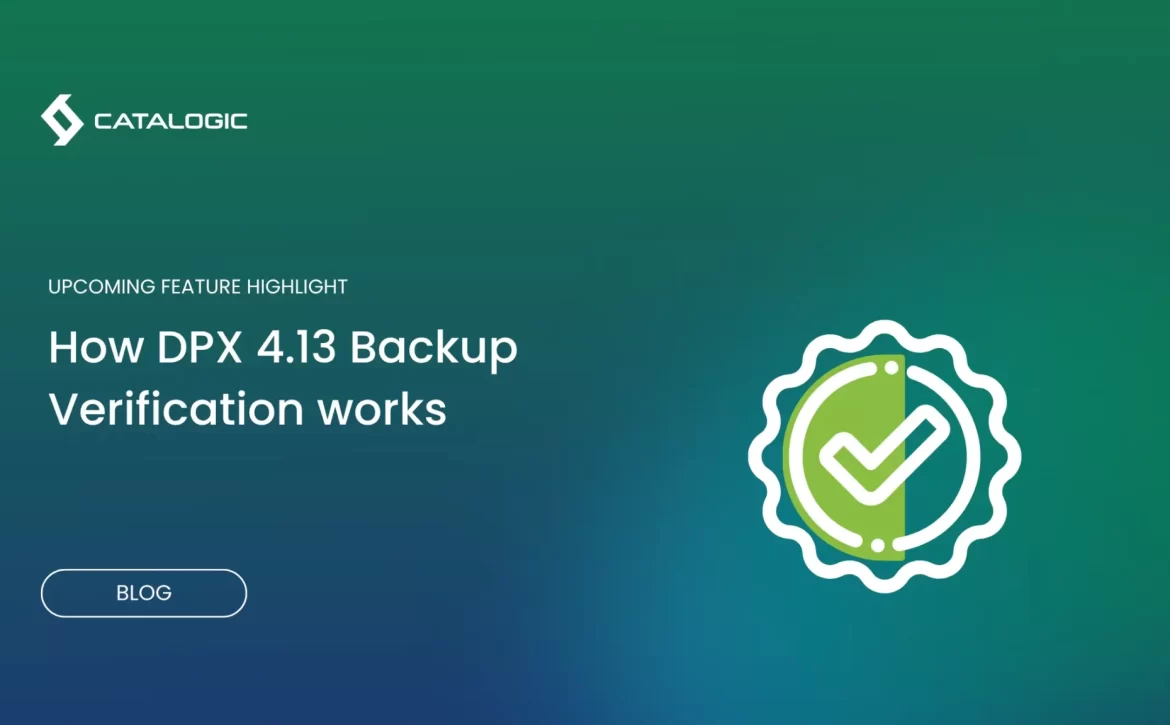
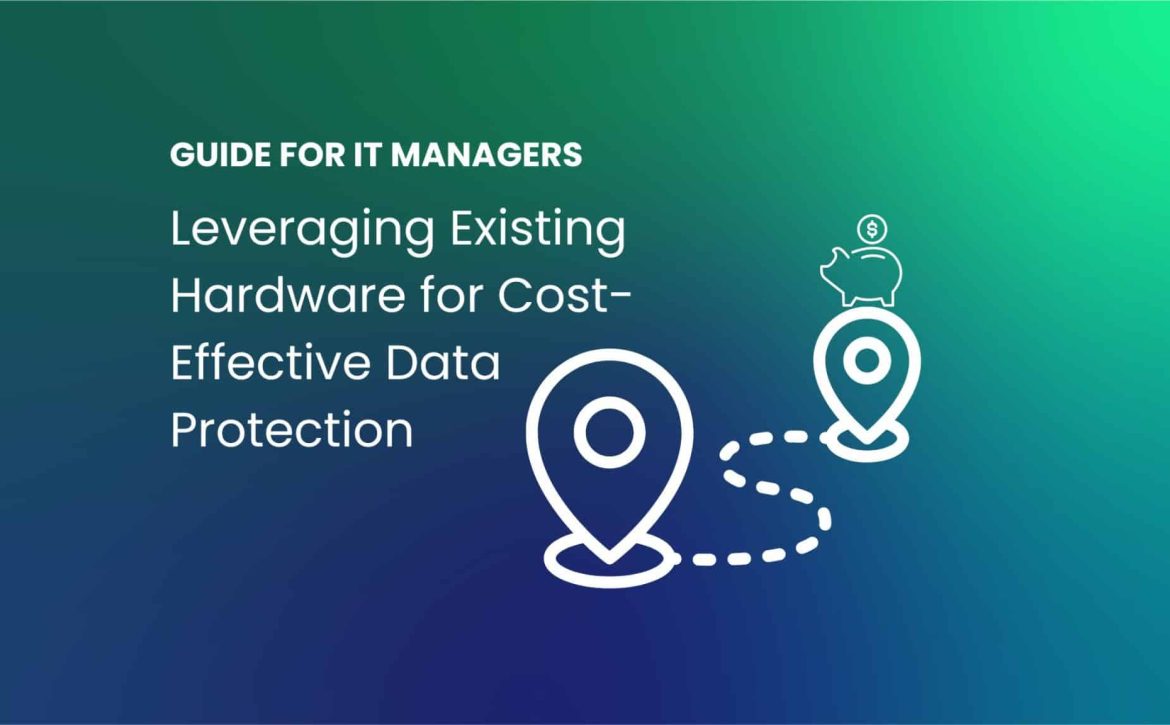
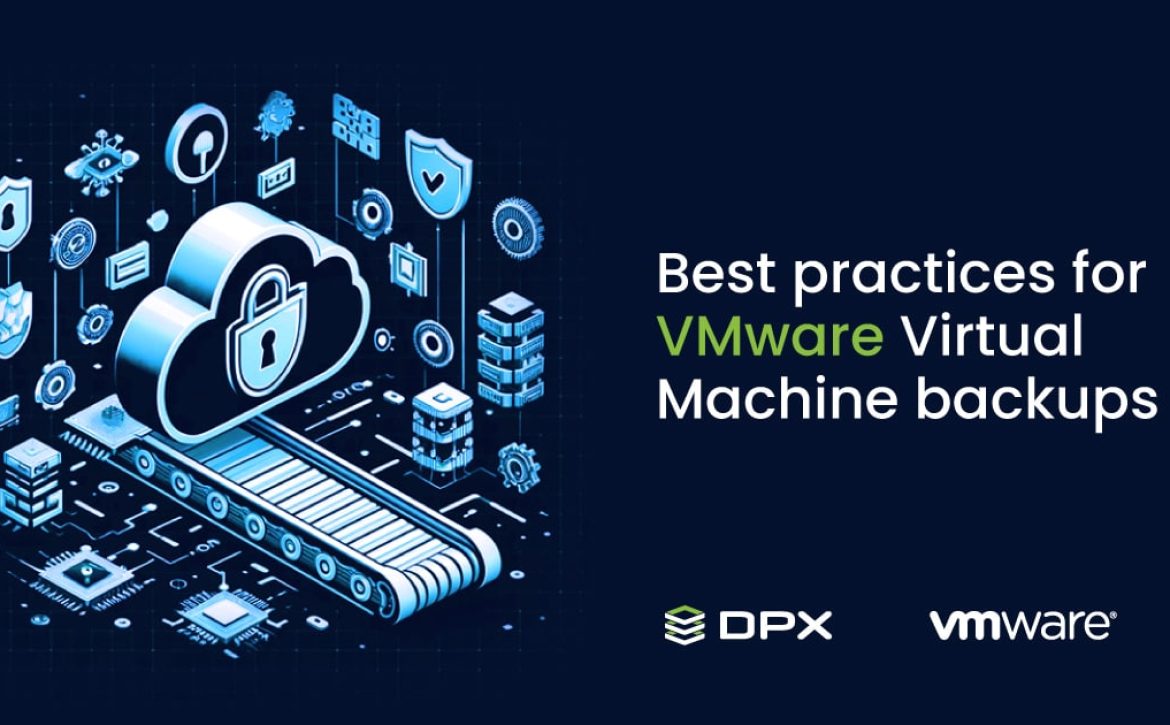
 Today
Today
